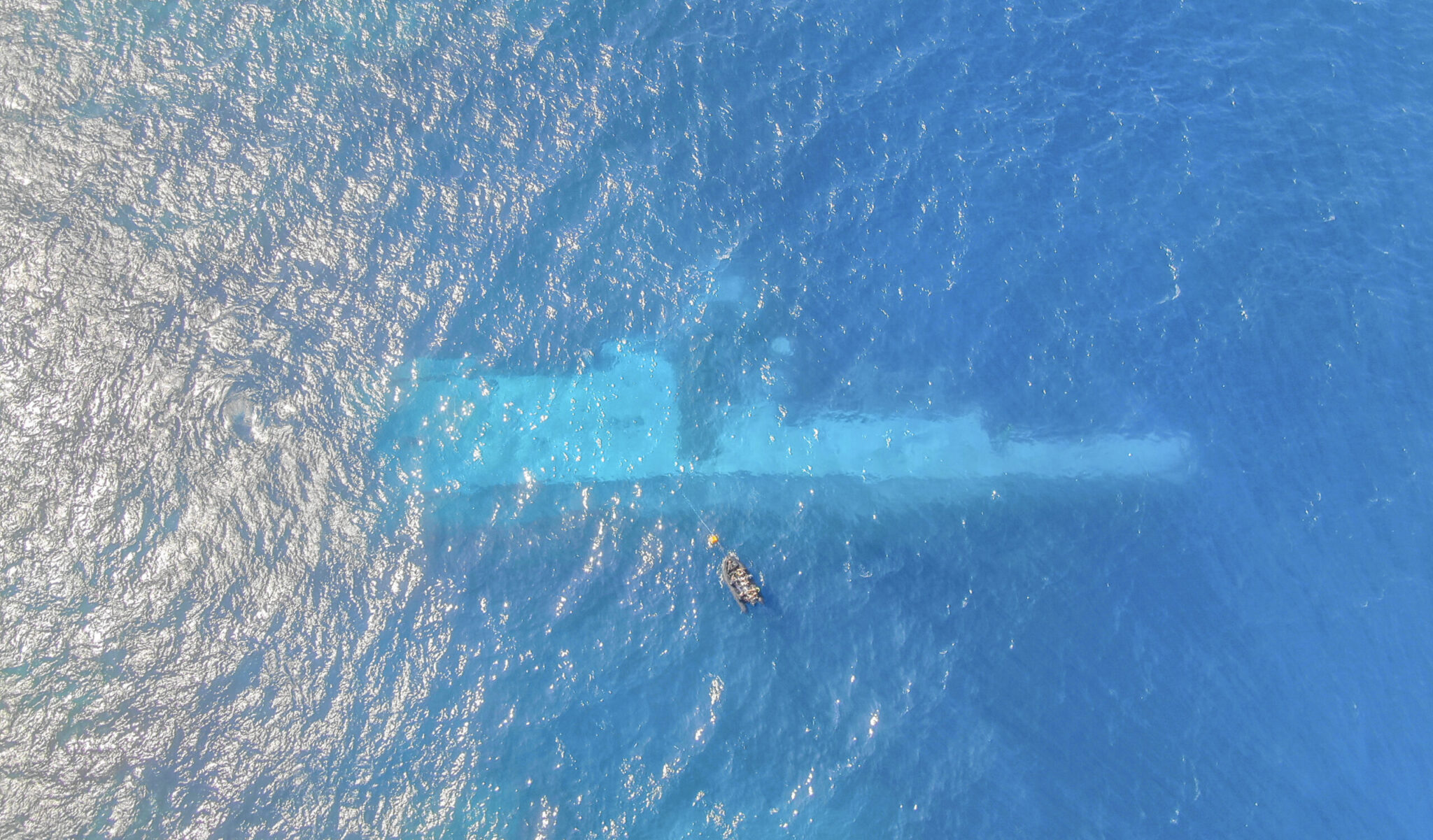Expert Reaction
These comments have been collated by the Science Media Centre to provide a variety of expert perspectives on this issue. Feel free to use these quotes in your stories. Views expressed are the personal opinions of the experts named. They do not represent the views of the SMC or any other organisation unless specifically stated.
Nick Ling, Associate Professor in Biodiversity and Ecology, University of Waikato
News that the removal of all recoverable oil and other accessible contaminants from the Manawanui under Operation Resolution is very encouraging and a tribute to the work of the salvage company. The diesel recovered constitutes roughly one third of the quantity reported to have been on board at the time of the sinking which implies that much of the remainder has leaked. The slow leakage of that diesel is unlikely to have resulted in significant ecological impacts because it will have either evaporated or dispersed.
However, there now needs to be ongoing discussion between the New Zealand and Samoan governments, including the locally affected communities, regarding the long-term prospects for the wreck. Shipwrecks can make excellent artificial reefs and can also provide economic opportunities for local communities through tourist diving. The location of the Manawanui, close to shore in safe diving depths and clear tropical waters, could certainly be a major draw card for tourist divers. However, whether the local community regard the wreck as a possible economic windfall needs to be discussed with them. If the wreck is to be left in place then further work to make the wreck safe for divers by sealing internal access needs to be considered.
Environmentally, the removal of all major contaminants has significantly reduced any further ecological impacts of the wreck, but in the long term its location in relatively shallow waters close to shore could eventually cause physical damage to the local reefs if the wreck starts to degrade and break up due to wave action. Whether complete removal of the wreck is even possible needs to be considered both with respect to the cost and whether salvage operations to remove the wreck could ultimately cause further damage to the nearby reefs.
Professor Paul Myburgh, Law School, Auckland University of Technology
While the news that most of the oil on the HMNZS Manawanui has now been removed by salvage operations is to be welcomed, there are clearly still some critical legal liability and policy issues that remain to be resolved.
The statement by the NZ Minister of Defence (Judith Collins) that the Samoan government wants the wreck to remain where it is is utterly cynical. The affected Samoan communities have suffered considerable losses from the effects of this horrendous incident. The relevant Commission of Inquiry (which did not include any Samoan parties) has found that the grounding was solely caused by human error on board the HMNZS Manawanui.
The Samoan communities who have directly suffered the significant effects of this incident have a clear legal right to compensation, either by suing the New Zealand government directly, or under sections 8 and 9 of the Agreement between the Government of New Zealand and the Government of the Independent State of Samoa concerning the Temporary Stay of Members of the New Zealand Armed Forces on the Territory of the Independent State of Samoa (New Zealand - Samoa Visiting Forces Agreement).



 New Zealand; Pacific
New Zealand; Pacific


